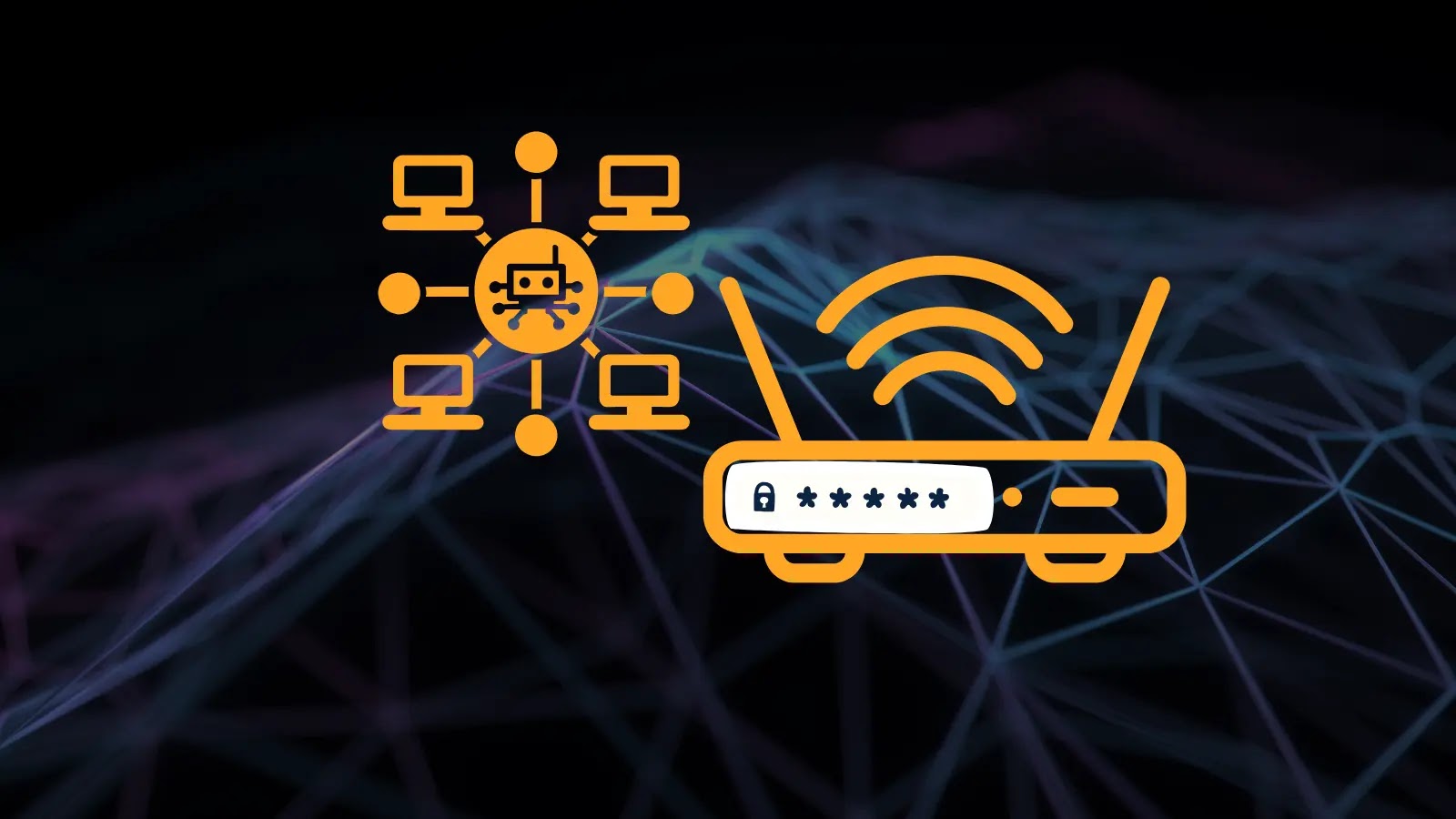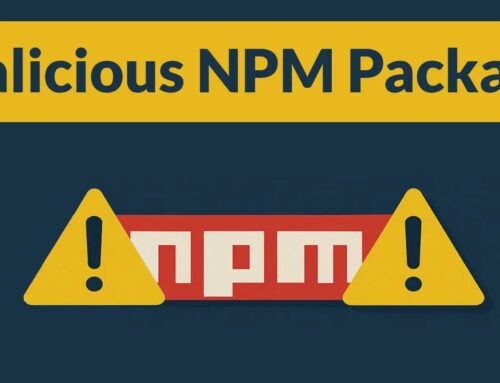
New VOIP-Based Botnet Attacking Routers Configured With Default Password
A New Threat Emerges: VOIP-Based Botnet Exploiting Default Router Passwords
The digital landscape is under constant siege, and a recent discovery highlights a classic yet effective attack vector: the exploitation of default credentials. Cybersecurity analysts have uncovered a sophisticated global botnet campaign specifically targeting VOIP-enabled routers and devices that remain configured with factory-set passwords. This campaign underscores a persistent vulnerability that continues to compromise network security and facilitate widespread malicious activity.
The Genesis of Discovery: Unmasking a Global Compromise
The initial detection of this botnet originated from an unusual concentration of malicious IP addresses observed in rural New Mexico. What began as an isolated anomaly quickly escalated into the identification of approximately 500 compromised devices spanning the globe. This geographical clustering served as a critical early indicator, allowing analysts to trace the attack’s origins and uncover its broader reach. The painstaking work of cybersecurity researchers has been instrumental in exposing the mechanics and scale of this evolving threat.
The Attack Vector: Exploiting Telnet and Default Passwords
At the core of this botnet’s success is its reliance on a fundamental security flaw: the pervasive use of default credentials. Specifically, the attackers are exploiting VOIP routers that still utilize their default Telnet passwords. Telnet, an old and insecure protocol, transmits data, including passwords, in plain text, making it highly susceptible to interception and brute-force attacks. Once access is gained through these easily guessed or factory-set passwords, the compromised devices are then incorporated into the botnet, becoming unwilling participants in further malicious operations. This highlights a critical oversight in network configurations and device provisioning that enables such widespread compromise.
Understanding Botnets: A Distributed Threat
A botnet is a network of Internet-connected devices, each running one or more bots. These bots are essentially software applications that perform automated tasks. In a malicious context, botnets are used by attackers to launch large-scale attacks, such as Distributed Denial of Service (DDoS) attacks, spam campaigns, or credential stuffing. The power of a botnet lies in its distributed nature; by leveraging hundreds or thousands of compromised devices, attackers can amplify their capabilities and obscure their origins, making attribution and mitigation considerably more challenging. This newly identified VOIP-based botnet adds another layer to the complex landscape of distributed threats.
Remediation Actions: Securing Your VOIP Devices and Routers
Proactive security measures are paramount in mitigating the risk posed by this new botnet. The following actions are critical for protecting VOIP-enabled routers and devices from compromise:
- Change Default Passwords Immediately: This is the single most important step. Upon installation, always change factory-set usernames and passwords to strong, unique credentials. Use a combination of uppercase and lowercase letters, numbers, and special characters.
- Disable Telnet: If Telnet is not explicitly required for your operations, disable it entirely. Favor secure alternatives like SSH (Secure Shell) for remote management, which encrypts communications.
- Update Firmware Regularly: Keep your router and VOIP device firmware up to date. Manufacturers often release updates that patch known vulnerabilities, including those that could be exploited by botnets.
- Segment Your Network: Isolate VOIP devices on a separate VLAN (Virtual Local Area Network) from your main corporate or home network. This limits the lateral movement of attackers should a VOIP device be compromised.
- Implement Strong Firewall Rules: Configure your firewall to block unsolicited inbound connections to Telnet (port 23) and other potentially vulnerable ports from the internet.
- Monitor Network Traffic: Regularly monitor your network for unusual activity, such as unexplained surges in traffic or connections to unfamiliar external IP addresses. Anomalous behavior could indicate a compromise.
Monitoring and Detection Tools
Implementing effective security tools is crucial for detecting and mitigating threats like this VOIP-based botnet. The following table lists relevant tools for detection, scanning, or mitigation:
| Tool Name | Purpose | Link |
|---|---|---|
| Nmap | Network mapper, can be used for port scanning to identify open Telnet ports. | https://nmap.org/ |
| Shodan | Search engine for Internet-connected devices; can help identify devices exposed to the internet with default credentials. | https://www.shodan.io/ |
| Zenmap | Official Nmap GUI, simplifies network discovery and security auditing. | https://nmap.org/zenmap/ |
| Wireshark | Network protocol analyzer for deep inspection of network traffic to detect suspicious activity. | https://www.wireshark.org/ |
Key Takeaways and Future Implications
The emergence of this VOIP-based botnet serves as a stark reminder of the enduring threat posed by unpatched vulnerabilities and neglected security hygiene. The exploitation of default Telnet passwords demonstrates that even seemingly simple oversights can lead to widespread compromise. Organizations and individuals must prioritize robust password policies, disable unnecessary services like Telnet, and maintain a vigilant approach to firmware updates. As VOIP technology continues to proliferate, securing these devices will be increasingly critical to prevent them from becoming unwilling participants in the next wave of global cyberattacks.





